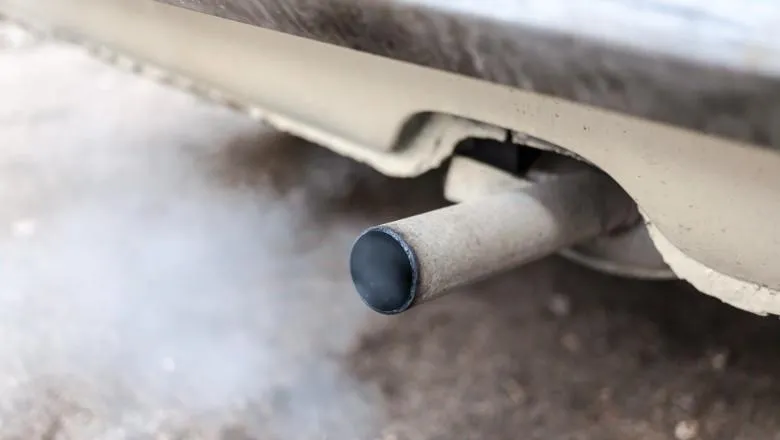Air pollution is now the world’s largest single environmental health risk. Analysing the health impacts of air pollution is a core component of King’s civic responsibility.
Professor Frank Kelly, Director of the Environmental Research Group and Professor of Environmental Health at King’s
08 April 2019
London's new Ultra Low Emission Zone
King’s air quality experts comment on the introduction of the new Ultra Low Emission Zone

The world-leading Ultra Low Emission Zone (ULEZ) in central London is now live. Launched by the Mayor of London, Sadiq Khan, it introduces the world’s toughest vehicle emissions standard in central London to help reduce toxic air pollution and protect the health and wellbeing of those living, working and visiting the capital.
The Environmental Research Group at King’s works closely with the Mayor of London as the official air quality monitor. Its most recent data on air pollution in London reveals that more than two million Londoners live in areas that exceed legal limits for NO2, 400,000 of whom are children under the age of 18.
New research from King’s and Imperial, commissioned by the Mayor of London, also shows that over 4,000 Londoners were hospitalised because air pollution worsened their asthma or, in the elderly, serious lung conditions.
Lead author, Dr Heather Walton, said: ‘It has been known for some time that air pollution exacerbates asthma but health impact assessments usually quantify respiratory hospital admissions overall. These results highlight that reducing air pollution in London should provide important benefits for asthmatic and COPD patients.’
Speaking on BBC Radio Five Live about the health impacts of ULEZ on the morning of its launch, Professor Kelly discussed solutions: ‘What we’ve got to do is to clean up our transport sector. Until all the vehicles we are purchasing are clean enough then we need mitigation [such as] the Ultra Low Emissions Zone.’
Writing in The Conversation, Dr Ian Mudway, Lecturer in Respiratory Toxicology, commented: ‘The rationale for the ULEZ is clear: large numbers of people are living in areas with pollution levels well above the legal limits set by the European Union. Other cities across the UK and beyond will be watching closely, as London’s ULEZ is effectively a test bed to gauge the effectiveness of such schemes at clearing up air pollution and improving the health of residents.’
BBC London’s Transport Correspondent, Tom Edwards, visited Dr Fuller in his lab ahead of ULEZ going live to discuss the science behind the zone. The interview featured on Sunday Politics: ‘This is what our filters look like when they go out. They are white. When they come back – having sampled the same air that you would breathe in a day – they are black,’ said Dr Fuller. ‘If people that died from air pollution were covered in green spots, it would be very easy for everyone to understand. But when people’s lives are shortened, by air pollution, they die of the things that people die of anyway: respiratory diseases, heart disease, strokes.’
Learn more about the Ultra Low Emission Zone online.
